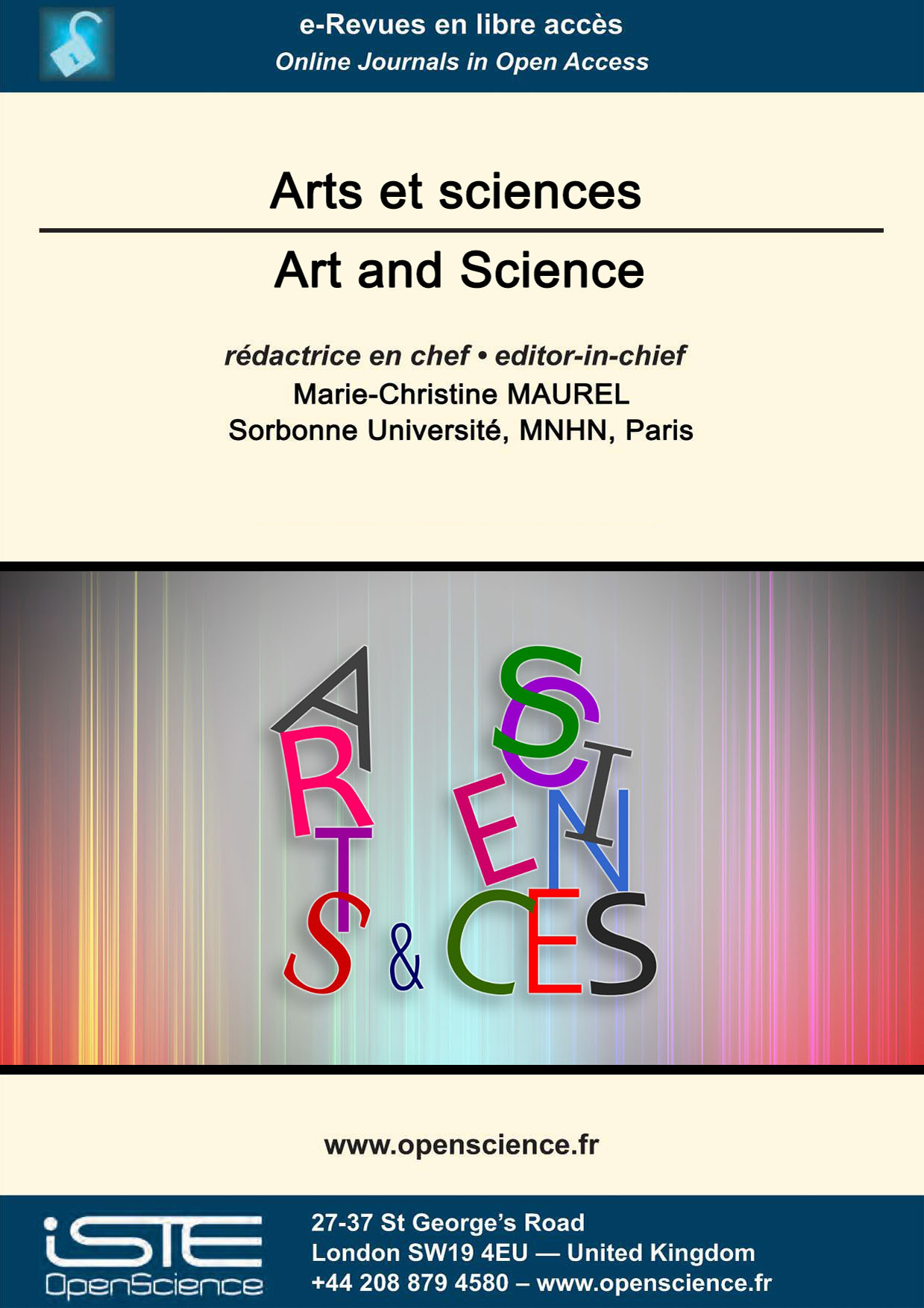

Social Sciences and Humanities > Home > Art and Science > Issue
« Cellular Heroes » is an interdisciplinary project that involved 240 schoolchildren as well as teachers from the Grand Lycée Franco-Libanais of Beyrouth, and four external experts, scientists and / or artists from the University of Lille and the CNRS. Using information from researchers and teachers, schoolchildren discovered that cells organize themselves into tissues to perform functions. Based on their observations and the photographs of animal tissue sections, they were called to describe imaginary characters. The technical analysis of the materials enabled them to imagine characters with mythological dimensions, based on the knowledge that the schoolchildren had acquired about the cells observed. Each of these heroes was the subject of a multilingual description (French, Arabic, English), based on the characteristics specific to the selected microscopic elements. « Cellular Heroes » engaged schoolchildren to become aware of the importance of the recognition of scientific methods, artistic and creativity approaches which are to be placed among the fundamental skills to be acquired during their individual career. Here are Contextual elements presented and discussed main elements regarding artistic and pedagogical approaches employed in relation to histology, as well as the methodology used during this project. The "cellular heroes" were promoted by an exhibition, the creation of a virtual gallery, and benefited from strong institutional support from the “mission laïque française” and the Middle East ” Agence pour l’enseignement français à l’étranger”.
Tuffen West is known today as a British engraver and lithographer, active in the last half of the 19th century, who produced illustrations of the microscopic for the scientific and popular press. However, in his time, he was also recognized as a naturalist. He was ’FLS’, an elected Fellow of the Linnean Society of London, also ’FRMS’, an elected member of the Royal Microscopical Society, and authored many articles in scientific and popular journals. Tuffen West was then much more than a ’microscopic artist’ as he described himself. In this appreciation of Tuffen West, his troubled life is reviewed, his considerable contributions as an illustrator are documented, and his achievements as a naturalist and populiser of microscopy are shown.
Aux grandes étapes de l’évolution des idées en botanique sont intimement liés des livres et leurs auteurs, mais aussi le progrès dans la représentation des plantes. Celle-ci combine ce que l’auteur exprime dans son texte et ce que les artistes, dessinateur et graveur, montrent dans l’image. L’image est indissociable du texte. A travers des livres marquants, cet article relate l’histoire de l’illustration des fleurs dans les livres de botanique des débuts de l’imprimerie au XIXe siècle. Les progrès des connaissances sont accompagnés de ceux des techniques d’illustration. L’illustration des plantes et des fleurs est de plus en plus précise et détaillée. Si elle couvre de plus en plus la diversité du végétal sur tous les continents, elle est aussi de plus en plus esthétique et artistique.
First printed in 1831, ‘Red Fuji’ by Hokusai is one the most iconic Japanese woodblock prints and thousands of impressions were printed from its original set of woodblocks, often in different colour schemes and using different printing effects for different editions. The aim of our research was to systematically study these variations and determine the chronological order in which they had been introduced. First, we located 93 surviving impressions of Red Fuji in museums, libraries, private collections and galleries around the world. We carefully studied the breaks in the outlines caused by woodblock wear, as well as the variations in colour and printing effects. Then, we investigated how the print was produced using woodblocks: we determined what part of the print was produced by each woodblock, if a woodblock had been used more than once in specific parts of the print and what printing effects the printer(s) employed. We also identified the colourants on ten impressions of Red Fuji from different editions using Xray fluorescence, multispectral imaging, fibre optics reflectance spectroscopy and excitation–emission matrix fluorescence spectroscopy. Based on the breaks in the woodblocks, the colour schemes and the printing effects, we concluded that there were five sequential ‘states’ of Red Fuji. The first state corresponds to the earliest surviving edition, whose impressions have very little evidence of woodblock wear and were produced using muted colours and complex printing effects, while the last state is a rare blue variant, ‘Blue Fuji’, for which the printer(s) used a completely different colour palette and complex printing effects. This research represents the first systematic study of the production chronology of a Japanese woodblock print, based on woodblock wear, colour scheme and printing effects.
This article addresses the theme of utopian and dystopian futures as transmitted to us through philosophy and fiction (literature and cinema), and shows how these notions help us to think about evolution. It proposes a historical exploration of the terms "utopia" and "dystopia", with examples from literature, philosophy and cinema. The article also stresses the importance of rehabilitating utopia as a means of inventing a radically different future.

2025
Volume 25- 9
Issue 12024
Volume 24- 8
Special issue2023
Volume 23- 7
Issue 12022
Volume 22- 6
Issue 12021
Volume 21- 5
Special issue2020
Volume 20- 4
Special issue2019
Volume 19- 3
Issue 12018
Volume 18- 2
Issue 12017
Volume 17- 1
Issue 1